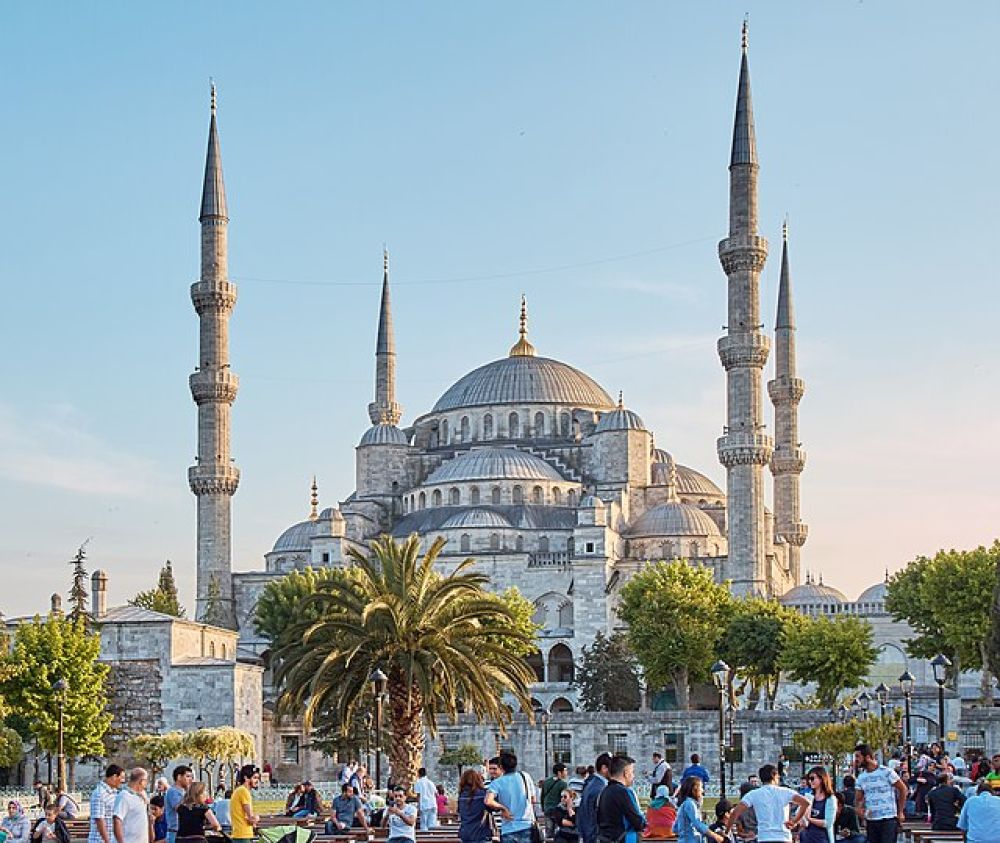

The Blue Mosque, also known as the Friday Mosque, stands as a testament to the rich cultural and religious heritage of Faizabad in Afghanistan. Renowned for its intricate design and historical significance, the mosque is not only a place of worship but also a cornerstone of the city's identity.
The Friday Mosque of Faizabad is part of the Islamic architectural legacy that has flourished in Afghanistan over the centuries. While the exact date of its construction is not well-documented, the mosque is considered to be an important religious and cultural site for both locals and travelers alike. Its architecture is reminiscent of the region's historical Islamic art and building techniques, which have inspired many through the ages.
Tourism in Faizabad, and indeed at the Blue Mosque, has been significantly affected by the political and social climate of Afghanistan over the past decades. The periods of turmoil and instability in the country have had a direct impact on the number of visitors able to explore the wonders of this historical site. However, there have always been periods of respite where the mosque has drawn the attention of history enthusiasts, architecture buffs, and spiritual seekers from around the world.
As stability gradually returns to some regions of Afghanistan, there is hope for a revival in tourism, which in turn could help in the preservation of historical sites like the Blue Mosque. While the tourism industry is still rebuilding, there is increased interest in cultural and religious tourism, which could position the mosque as a primary attraction for future visitors. The mosque’s vibrant blue tiles and serene atmosphere provide a glimpse into the country’s rich Islamic heritage—a connecting thread in the fabric of Afghan culture.
Visiting the Blue Mosque today necessitates awareness and sensitivity to the local context and ongoing developments. Tourists who have the opportunity to visit will find themselves in the presence of Afghanistan's poignant history, surrounded by the mosque's peaceful ambiance and awe-inspiring architecture.
Though currently facing many challenges, the Blue Mosque remains a symbol of the enduring spirit and cultural wealth of Faizabad. As security in the region improves, the mosque is poised to reclaim its place as a cherished destination for those drawn to its beauty and historical allure.
The potential for tourism in Faizabad, including at the Blue Mosque, hinges on the broader socio-political developments in Afghanistan. Increased efforts towards peace and stability can pave the way for a resurgence in tourism, which could, in turn, contribute to both the conservation of historic sites and the economic growth of the region. As interest in cultural and heritage tourism grows globally, destinations like the Blue Mosque have the opportunity to capture the imaginations of visitors from around the world, championing a narrative of cultural richness against the backdrop of Afghanistan's history.
The story of the Blue Mosque is one chapter in the vast and varied history of Afghanistan—a country with the potential to surprise and inspire the intrepid travelers who venture within its borders, offering them a unique encounter with its awe-inspiring Islamic architecture and age-old traditions.